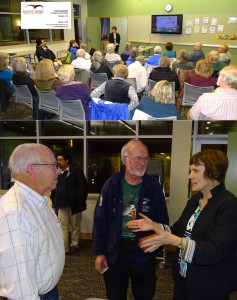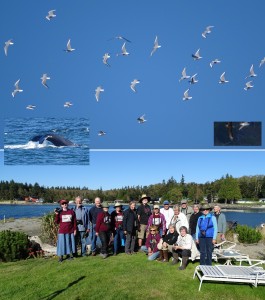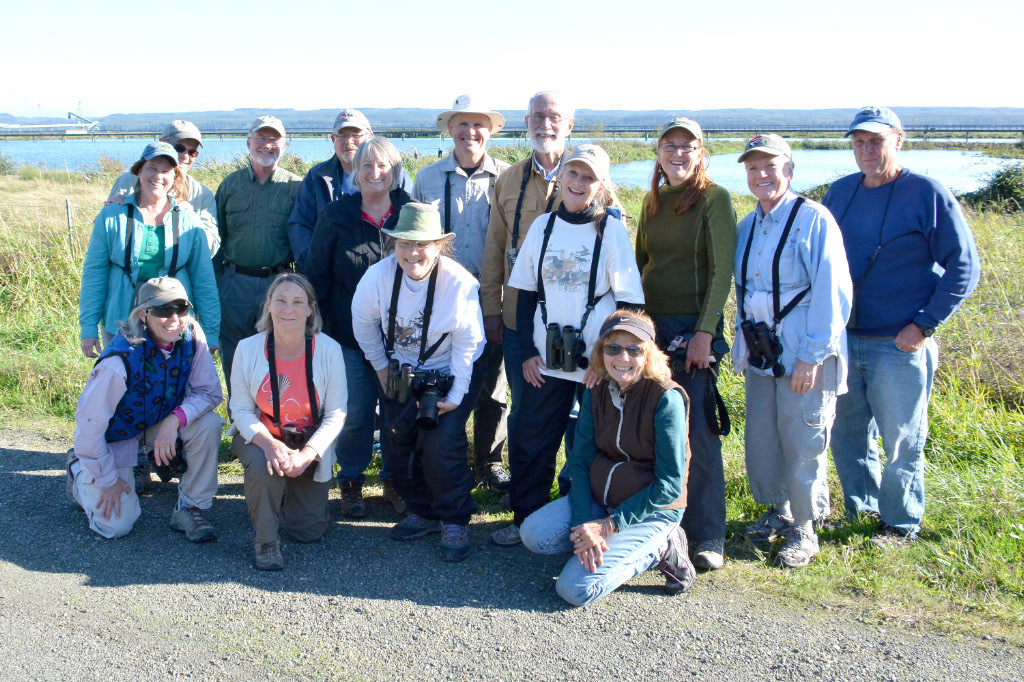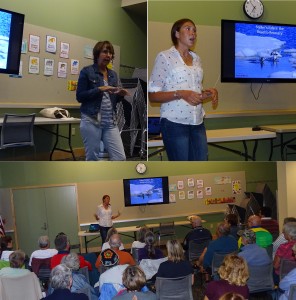Join ABC on Dec 2, 6:45, at the Pierce County Administration Building, 3005 112th St E, just E of Waller Rd and S of H512, for this special event, Molt and Avian Life Histories, presented by Sievert Rohwer, Curator and Professor Emeritus of the University of Washington Burke Museum!
From Professor Rohwer: Birds have played a central role in developing and testing theories of life history evolution, particularly those involving tradeoffs between reproduction and survival. Yet studies of avian life histories have seldom considered the importance of molt and feather quality as drivers of avian life history evolution. Instead, the period of molt in the annual cycle is generally ignored or unstudied with respect to molt constraining avian reproduction and evolution. Consider the survival cost of feather replacement. Flight performance is impaired during molt, yet no one has ever measured the effect of molting on survival, even though a complete molt takes 1-2 months in a small warbler, and most large birds cannot replace all their flight feathers annually. My talk will focus on how we determine the rules of flight feather replacement and on how large birds can and cannot accommodate their need regularly to renew their flight feathers.
Another important take-home message of this talk is the value of modern collections of extended wings for exploring these ideas. Beginning in the mid 1980s the Burke Museum pioneered the development of saving an extended wing from every new bird specimen added to its collections. For large birds that cannot be collected in numbers, extensive salvage programs have developed a uniquely valuable wing collection that has supported many discoveries about the rules of flight feather replacement and how these rules affect avian reproduction and life history evolution.
Brief Bio: Ph.D. University of Kansas. 1971. Curator of Birds and Professor of Biology, University of Washington 1972.
Honors:
2006. AOU Elliott Coues award recognizing “extraordinary contributions to ornithological research.”
2011. Cooper Society Katma Award for “formulation of new ideas that could change the course of thinking about avian biology.”
I study evolutionary ecology and behavior, mostly of birds, with interests in avian coloration, adoption of unrelated offspring by replacement mates, avian hybrid zones, brood parasitism, phylogeography, and life history implications of feather renewal. Under my curatorship the Ornithology collections at the Burke Museum became internationally distinguished, with the largest collection of extended wings in the world and the second largest collection of avian tissues in the world.





